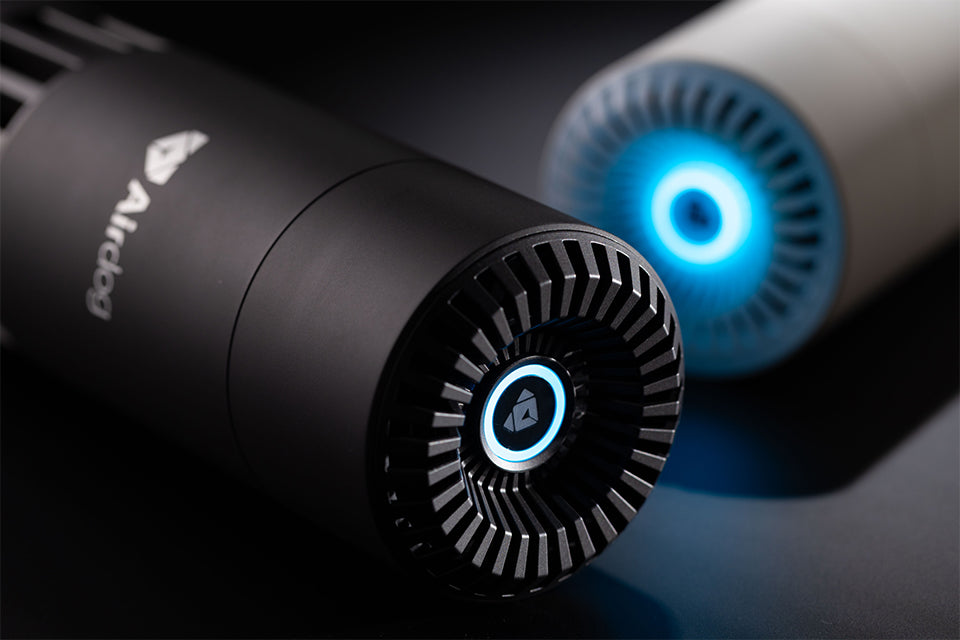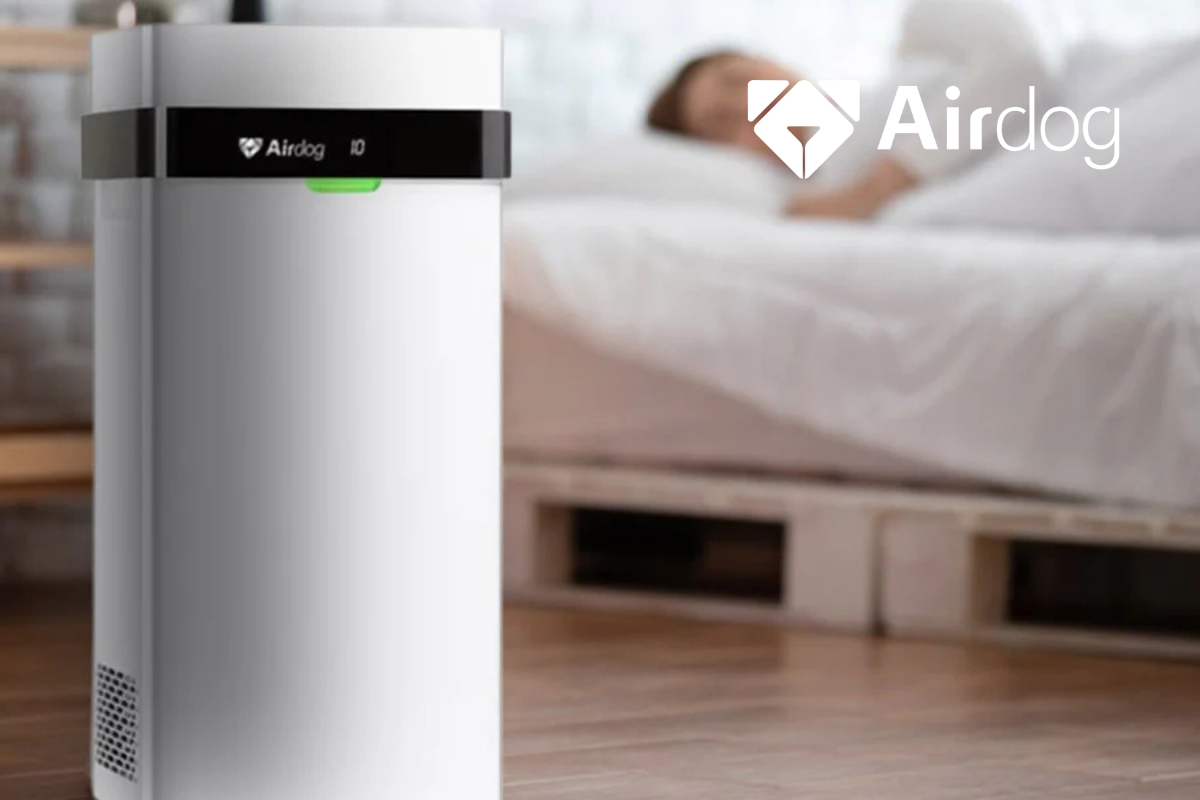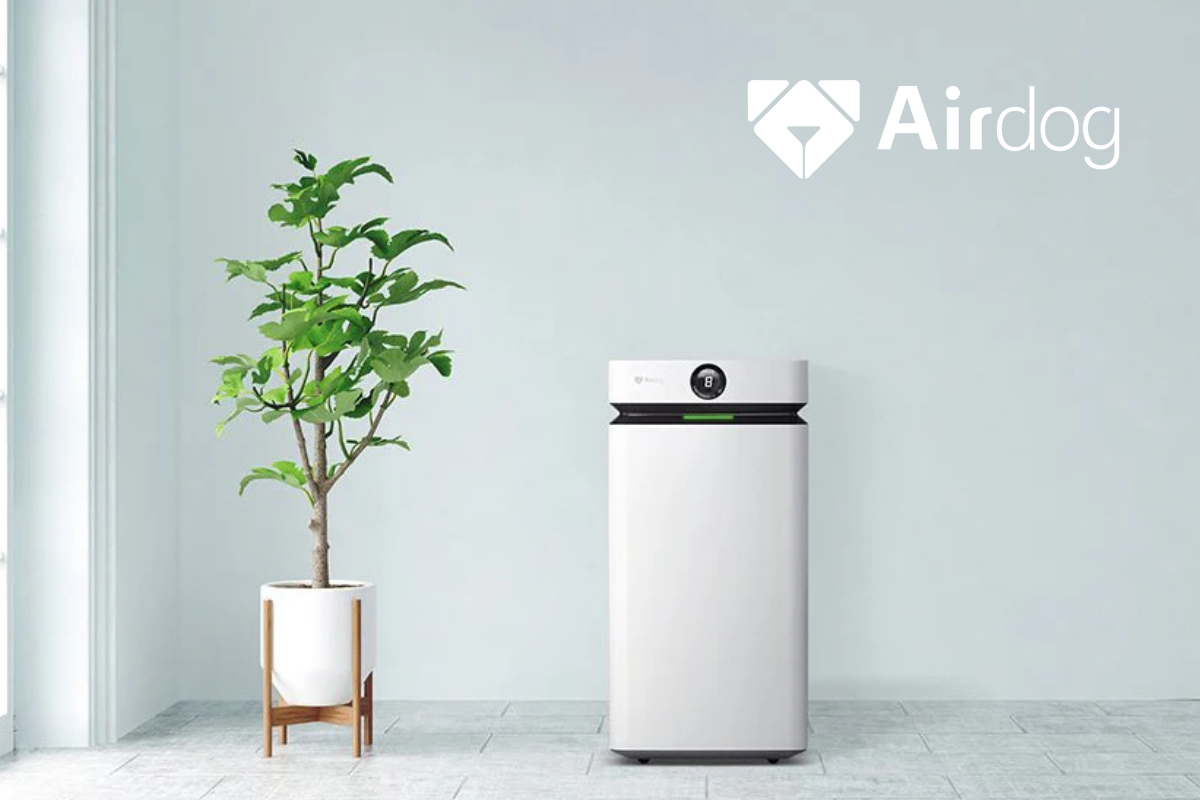Pets are akin to cherished family members. But while their cuteness, snuggles, and playful energy enrich our lives, pets bring along allergens like dander, odours, and hair. Not only do these impact indoor air quality, but they can be pretty harmful for young kids and loved ones or visitors with breathing conditions.
That’s when an air purifier for pet owners helps improve the air quality at home. However, not all air purifiers are created equal. If you’re considering one for your home, here’s what you need to check before investing.
-
Air Purifier Features
Pet odour comes from pet dander, hair, saliva, urine, faeces and scent-marking. While some of these can be removed through regular wipe-downs or vacuuming, an air purifier with a pre-filter can trap floating particles of dander and hair. That reduces a lot of the particulate matter in your home.
Activated carbon filters are some of the most useful filters for removing gaseous odours and smells. However, catalytic filters work just as well, and the Airdog series of filters comes with an attached catalytic filter to remove pet odours and stenches.
While it is recommended to avoid using an air purifier for pets that releases ozone, since ozone can be very harmful, especially for birds, the Airdog air purifier series releases less than 0.01 PPM of ozone, a very negligible amount.
The actual filtration is done by an ionisation chamber in the Airdog series, which eliminates the small particles as small as 0.0146 microns, protecting your loved ones from even the minutest particles.
-
Size
Many air purifiers list the recommended room size they’re suited for. It’s crucial to choose a model that matches the space where your pet spends the most time, whether it’s the living room, bedroom, or the whole house.
For Aussie homes, open-plan living areas are common. If that’s your setup, you’ll want a purifier with higher airflow capacity (measured in CADR – Clean Air Delivery Rate) and larger square metre coverage. A unit meant for a small bedroom won’t cut it in a large family area with pets constantly on the move.
-
Clean Air Delivery Rate (CADR) & Cumulative Clean Mass (CCM)
When comparing air purifiers, two technical terms you’ll often see are CADR (Clean Air Delivery Rate) and CCM (Cumulative Clean Mass).
CADR measures how quickly an air purifier can filter air in a room. The higher the CADR, the faster and more efficiently the purifier removes particles like pet dander, dust, and pollen.
CCM is a lesser-known but equally important metric. It shows how much dust, particles, or gas a filter can hold before it needs replacing. A higher CCM means your purifier won’t clog up quickly and will maintain performance for longer.
-
Pet-Safe Design
Pets, especially youngsters, can be surprisingly talented at knocking things over. Choose a sturdy, tip-proof model with a sealed design.
Avoid models with exposed filters or ones that draw air in from the base if placed on the floor. Some purifiers even come with pet-specific safety certifications or features like chew-proof cords.
The Airdog range has a safety lock attached to prevent unintended adjustments by children and pets, and automatically powers off if its back panel is removed.
-
Ease of Maintenance
Air purifiers are not “set and forget” appliances. The filters will need regular replacement or cleaning. Before buying, check:
-
How often do the filters need changing
-
Whether the unit offers a filter replacement reminder
For convenience, many brands available through Australian retailers now offer filter subscriptions or auto-reminders through apps.
-
Noise Levels
While some air purifiers run quietly, others can emit a low hum or fan noise, which may disturb your pets. Some pet parents report that overly noisy purifiers can stress out sensitive animals, particularly cats or anxious dogs. A good purifier should be effective, yet quiet.
Let’s Wrap This Up
Purchasing an air purifier for pets is a decision you need to research thoroughly, especially if any family member has breathing problems.
Before you rush to purchase a HEPA air purifier, remember that they are among some of the most environmentally unfriendly and expensive (long-term maintenance-wise) air purifiers around. Replacing one HEPA air filter is pretty expensive, and it is equivalent to releasing 70 plastic bags into the environment.
In comparison, Airdog’s patented Two-pole Active Filtration Technology® (TPA) provides a much more appropriate air purifier for pet owners. Its stronger particulate matter removal system, along with odour removal without the need for purchasing new filters, makes it an environmentally safer option.




